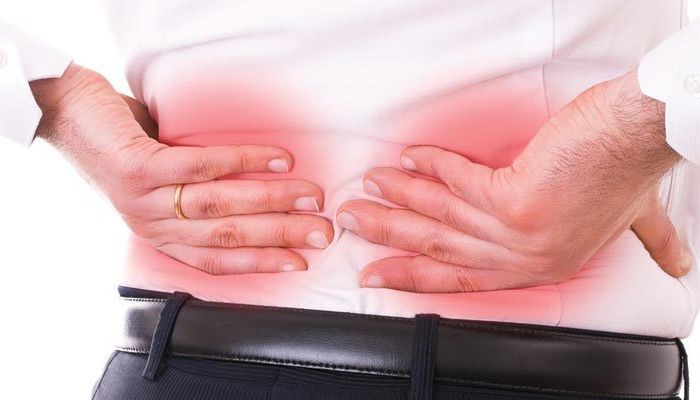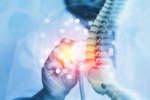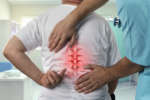Most adults experience back pain now and again. Whether it’s a sports-related condition from athletics, or you’ve simply aggravated a muscle after a workout or helping a friend move, many back issues simply go away on their own, or require little medical attention. Nerve pain, however, is slightly different than other types of back pain, and if you’re experiencing recurrent nerve pain, it’s a good idea to see a doctor at NewSouth NeuroSpine. Early diagnosis can make a real difference in recovery and aid in the management of your pain, no matter what type of back pain you’re having. There are several different types of nerve problems in the back, including a condition known as lumbar radiculopathy. Radicular pain does warrant a trip to the doctor, so you can receive proper treatment and get on the road to recovery.
Lumbar Radiculopathy vs. Other Back Pain
You’ll need a specialist to diagnose your lumbar radiculopathy, but if you know the location, signs, and symptoms of it, you can provide helpful information to your doctor. As opposed to “regular” back pain, lumbar radiculopathy occurs from nerve compression in the lower back, and manifests as a radiating pain that doesn’t really go away. It is true that you can also experience nerve pain from sciatica, which occurs when the sciatic nerve is inflamed or compressed. Radicular pain is slightly different–in addition to radiating pain, you will also experience numbness, tingles, muscle weakness, and possible loss of reflexes. You’ll also feel the pain extend downward into the leg. Radicular pain is a symptom of actual nerve dysfunction, and if you’re experiencing this type of pain, it’s a good idea to call NewSouth NeuroSpine for a consult.
Your doctor can help diagnose your pain with some information from you as well as a magnetic resonance imaging (MRI) scan and a physical. The hallmark of lumbar radiculopathy is the extension of the pain into the lower extremities. While it’s commonly the leg, pain can also be felt in the buttock and upper thigh, extending sometimes even to the foot.
Treatment Options
For patients diagnosed with lumbar radiculopathy, there is good news when it comes to treatment. Unlike other types of recurrent back pain, radicular pain very rarely requires surgery, and patients typically start to feel better about two to four weeks into treatment. First-line treatment is simple and successful, as it includes rest and anti-inflammatory medication. If a little R&R and anti-inflammatories are not successful, the second-line treatment for lumbar radiculopathy is an epidural steroid injection. Most patients typically feel relief after one of these treatments, but for the small number that still feel pain, an in-office outpatient surgical procedure can be performed to relieve the stress on the nerve.
How Can NewSouth NeuroSpine Help?
The doctors and spine specialists at NewSouth NeuroSpine are experts in the field, offering all forms of treatment for lumbar radiculopathy. They are dedicated to finding patients non-surgical solutions to their back and spine problems, with minimally invasive surgical procedures as a last resort. We can help you in all stages of care for your radicular pain, providing you the best in care–the same care we would prescribe for ourselves. If you find yourself struggling with back pain and have an indication that it may be radicular in nature, or you want to learn more about lumbar radiculopathy, make an appointment with NewSouth NeuroSpine today for a consultation, or to learn more about your options. Our doctors offer individualized care, knowing that every patient’s case is special and different.






